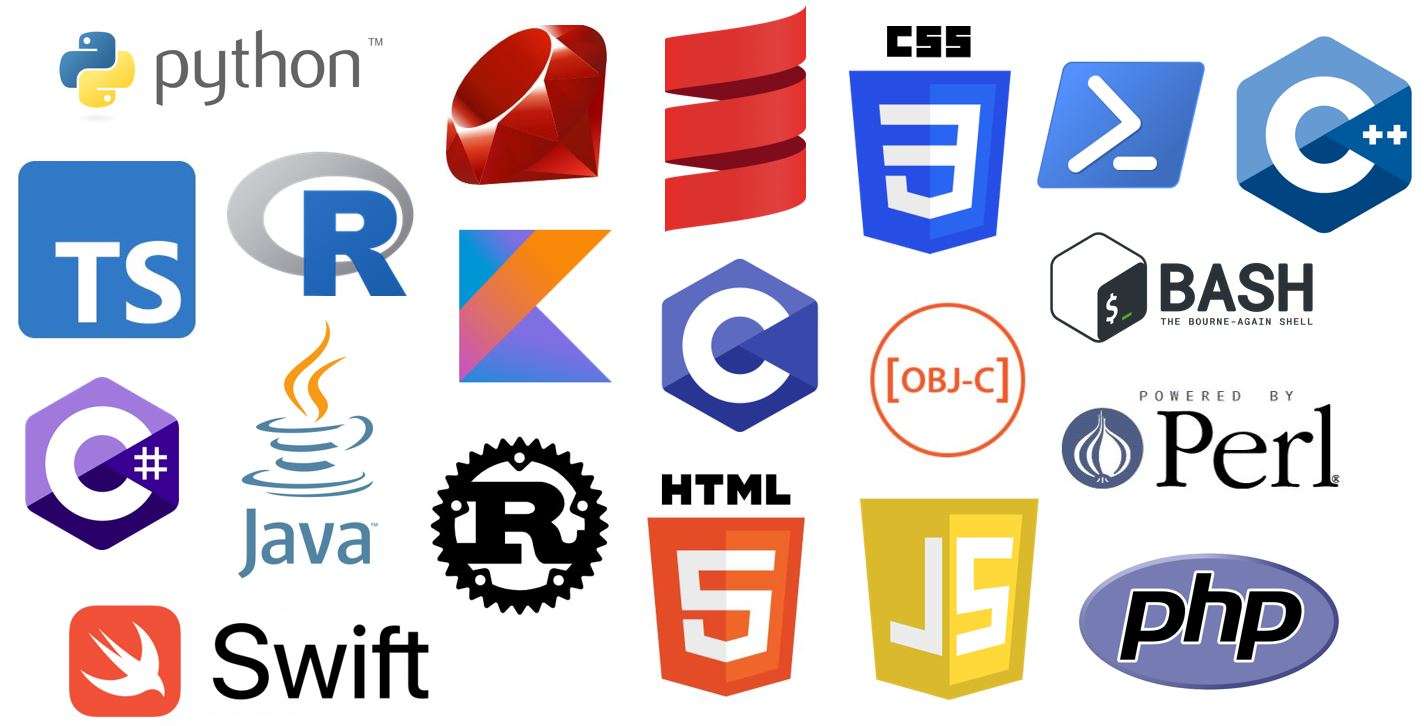
Unveiling the Trending Programming Language for 2024
Created on 25 February, 2024 • Programming • 296 views • 3 minutes read
Deciphering the Landscape: Unveiling the Trending Programming Language for 2024
As technology advances at an ever-increasing pace, the landscape of programming languages constantly evolves. Staying ahead of the curve and selecting the right language is crucial for developers seeking success in the current market. This article delves into the exciting world of programming languages, aiming to identify the potential frontrunner for 2024.
The Contenders: A Glimpse into the Top Performers
While predicting a definitive "trending language" is inherently challenging, several formidable contenders exhibit significant potential to shape the landscape in 2024:
1. Python:
This versatile and beginner-friendly language continues to reign supreme due to its extensive libraries, vast community support, and applicability across various domains. From web and data science to machine learning and automation, Python offers a powerful toolkit for diverse applications.
2. JavaScript:
The cornerstone of web development, JavaScript plays a critical role in front-end and back-end development, making it an essential skill for modern developers. With frameworks like React, Angular, and Node.js, JavaScript empowers you to create dynamic web applications and build interactive user experiences.
3. C++:
This high-performance language remains in high demand for system programming, game development, and performance-critical applications. Its control over memory management and efficiency make it a go-to option for developers working on resource-intensive tasks.
4. Java:
A mature and well-established language, Java powers millions of enterprise applications and continues to enjoy widespread adoption across various industries. Its object-oriented design principles, robust libraries, and vast community make it a reliable choice for building large-scale and secure applications.
5. Emerging Stars: Languages to Watch
While the established players hold strong positions, several up-and-coming languages exhibit promising potential:
- Go: Developed by Google, Go boasts simplicity, efficiency, and concurrency features, making it ideal for building microservices and scalable applications.
- Kotlin: This modern and concise language, favored by Android developers, provides a safer and more expressive alternative to Java.
- Rust: This systems programming language prioritizes memory safety and performance, making it suitable for building reliable and efficient software.
Factors Shaping the Trends: Identifying the Driving Forces
Understanding the factors influencing the trending language can provide valuable insights:
- Market Demand: The demand for specific skills and the types of applications being built influence the popularity of different languages.
- Ease of Use: Languages with simpler syntax and extensive learning resources attract new developers and are more readily adopted.
- Community and Support: A large and active community plays a crucial role in providing assistance, fostering collaboration, and contributing to the language's growth.
- Emerging Technologies: The rise of technologies like artificial intelligence, machine learning, and blockchain creates demand for languages with capabilities tailored to these domains.
Beyond the Hype: Choosing the Right Language for You
While identifying a trending language is valuable, the choice ultimately depends on individual needs and goals. Consider the project type, personal preferences, learning curve, and career aspirations when making your decision.
Here are some key questions to ask yourself:
- What type of applications do you envision creating?
- Do you prioritize ease of learning or raw performance?
- What level of community support is available for the language?
- How well does the language align with your career aspirations?
The Future of Programming: A Look Ahead
The future of programming languages holds tremendous potential, with continuous advancements and innovations blurring the lines between different options. Here are some exciting possibilities to watch:
- Integration of AI: AI-powered tools and features could be embedded into languages, aiding in code generation, debugging, and optimization.
- Increased Focus on Security: Security vulnerabilities are a growing concern, and languages with built-in security features may garner more traction.
- Domain-Specific Languages: Languages tailored for specific domains, such as data science or robotics, might become more prominent.
In conclusion, choosing the "trending language" isn't always the ultimate goal. By understanding the factors influencing trends, exploring different options, and aligning your selection with your unique needs and aspirations, you can navigate the ever-evolving landscape of programming languages and position yourself for success in the exciting years to come.